
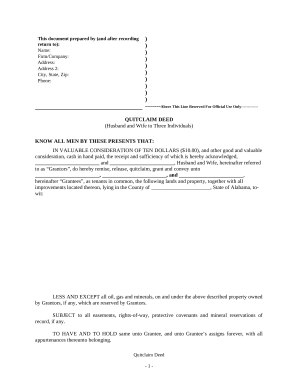
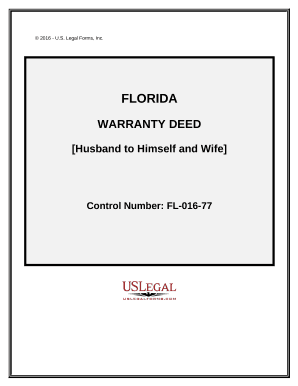

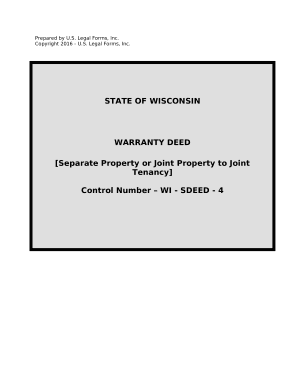
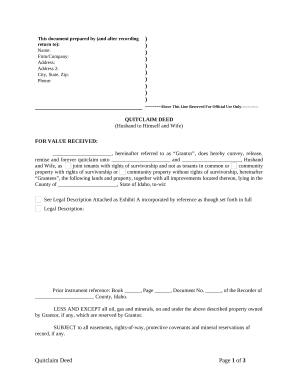
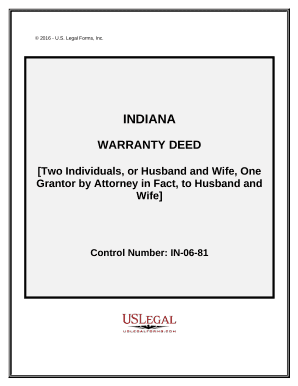
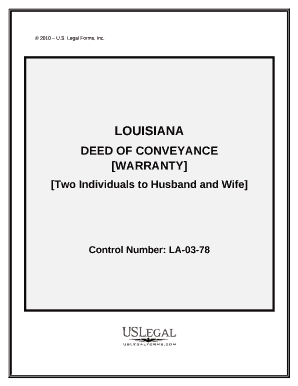
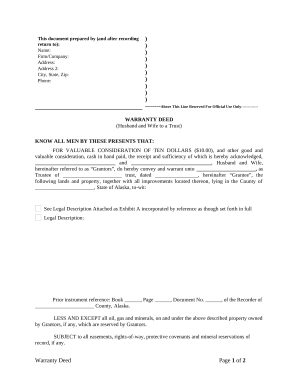
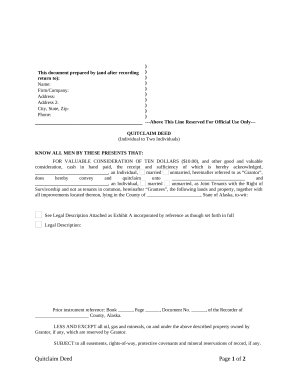
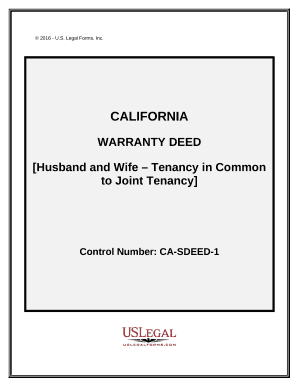
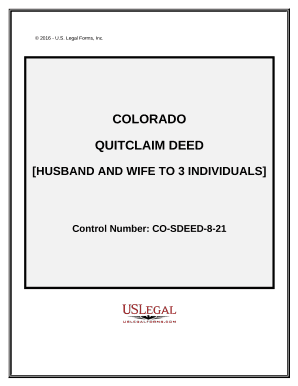
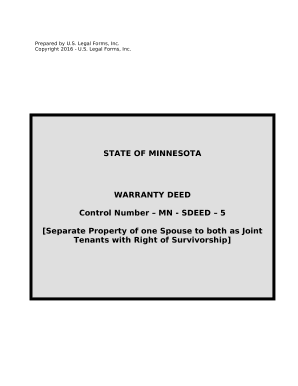
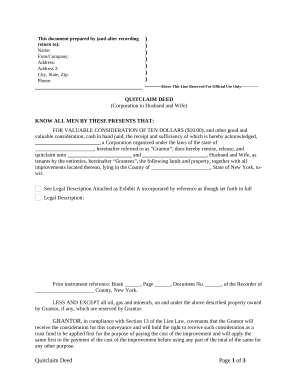

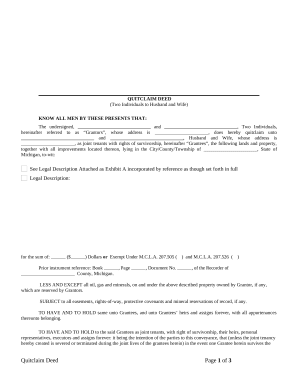
Your workflows always benefit when you can easily get all the forms and files you may need at your fingertips. DocHub provides a a huge collection of templates to relieve your daily pains. Get a hold of Joint Ownership Property Forms category and easily discover your form.
Start working with Joint Ownership Property Forms in several clicks:
Enjoy fast and easy file administration with DocHub. Explore our Joint Ownership Property Forms online library and find your form today!